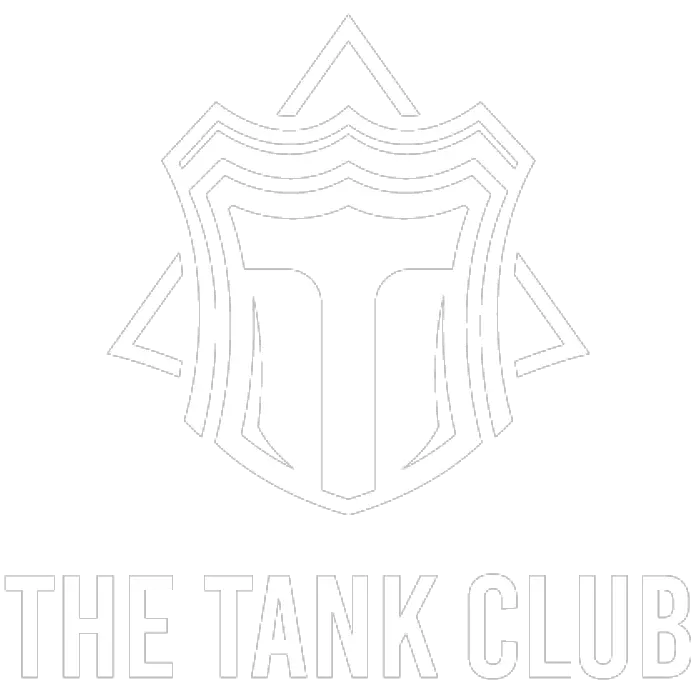WoW Guardian Druids Rotation Basics
In this guide I would like to go over some basics and tips for Guardian Druids rotation. This guide will go over the core rotational abilities and what to prioritize.
WoW Guardian Druids Rotation Priorities:
No Incarnation:
- Use Moonfire to pull from range by applying as many DoTs as you can before the pull.
- Once the pull is in melee range Thrash is your number one ability to use, for AoE threat and bleed applications.
- Swipe can help with AoE threat generation as your next global, but shouldn’t be heavily prioritized.
- Mangle your priority target to build more rage.
- Ironfur when you have the rage to spend.
- Maul/Raze when proc’d.
- Reapply Moonfire when possible
- Swipe when everything in on cooldown.
Incarnation:
During Incarnation windows your cooldowns will be reduced by 50% on Thrash and Mangle. This will almost but not entirely eliminate Swipe from your rotation. With enough Haste your Incarnation rotation will speed up considerably. Holding to the same priority up above, you will be using Thrash every second global instead, alternating between Mangle and Maul/Raze as the other.
Example: Thrash, Mangle, Thrash, Maul/Raze, Thrash, Mangle… (this does require a considerable base amount of Haste and the 15% haste talent to accomplish, while gearing you’ll be peppering in Moonfires and Swipes to make up the difference in cooldowns)
Incarnation windows are also a good time to use Maul/Rage as a rage spender while maintaining Ironfur stacks.
Laser Bear tips:
If running the Moonfire focused laser bear build, Moonfire does take a slight bump up on the priority list. Galactic Guardian and Twin Moonfire will be applying Moonfire to a lot of enemies during your pull, you do want to pay attention to be sure you aren’t letting many dots fall off. Moonfire’s proc DoT’s deals increased damage and you do not want to override those applications.
Pandemic DoT’s: The way the pandemic dot system works is that refreshing a DoT will reapply the dot with a new application, and then add up to 30% of the duration left of the original application onto the new one. Upkeeping DoT’s as much as possible is better than applying a new one once its dropped and will result in less globals spent on new applications and more on your core applications

